https://ift.tt/6TAhXvZ

Ahead of tomorrow's full-scale launch, Intel this afternoon is pre-announcing their 14th Generation Core desktop processors. Aptly codenamed Raptor Lake Refresh, these new chips are based on Intel's existing Raptor Lake silicon – which was used in their 13th generation chips – with Intel tapping further refinements in manufacturing and binning in order to squeeze out a little more performance from the silicon. For their second iteration of Raptor Lake, Intel is also preserving their pricing for the Core i9, i7, and i5 processors, which aligns with the pricing during the launch of Intel's 13th Gen Core series last year.
Headlining the new lineup is Intel's latest flagship desktop processor, the Core i9-14900K, which can boost up to 6 GHz out of the box. This is the second Intel Raptor Lake chip to hit that clockspeed – behind their special edition Core i9-13900KS – but while that was a limited edition chip, the Core i9-14900K is Intel's first mass-produced processor that's rated to hit 6 GHz. Under the hood, the i9-14900K uses the same CPU core configuration as the previous Core i9-13900K chips, with 8 Raptor Cove performance (P) cores and 16 Gracemont-based efficiency (E) cores, for a total of 24 CPU cores capable of executing on 32 threads.
Intel 14th Gen Core, Raptor Lake-R (K/KF Series)
Pricing as of 10/16 |
| AnandTech |
Cores
P+E/T |
P-Core
Base |
P-Core
Turbo |
E-Core
Base |
E-Core
Turbo |
L3 Cache
(MB) |
iGPU |
Base
W |
Turbo
W |
Price
($) |
| i9-14900K |
8+16/32 |
3200 |
6000 |
2400 |
4400 |
36 |
770 |
125 |
253 |
$589 |
| i9-14900KF |
8+16/32 |
3200 |
6000 |
2400 |
4400 |
36 |
- |
125 |
253 |
$564 |
| i9-13900K |
8+16/32 |
3000 |
5800 |
2200 |
4300 |
36 |
770 |
125 |
253 |
$537 |
| |
| i7-14700K |
8+12/28 |
3400 |
5600 |
2500 |
4300 |
30 |
770 |
125 |
253 |
$409 |
| i7-14700KF |
8+12/28 |
3400 |
5600 |
2500 |
4300 |
30 |
- |
125 |
253 |
$384 |
| i7-13700K |
8+8/24 |
3400 |
5400 |
2500 |
4200 |
30 |
770 |
125 |
253 |
$365 |
| |
| i5-14600K |
6+8/20 |
3500 |
5300 |
2600 |
4000 |
24 |
770 |
125 |
181 |
$319 |
| i5-14600KF |
6+8/20 |
3500 |
5300 |
2600 |
4000 |
24 |
- |
125 |
181 |
$294 |
| i5-13600K |
6+8/20 |
3500 |
5300 |
2600 |
3900 |
24 |
770 |
125 |
181 |
$285 |
Moving down the stack, arguably the most interesting of the chips being announced today is the new i7-tier chip, the Core i7-14700K. Intel's decision to bolster the core count of its Core i7 is noteworthy: the i7-14700K now boasts 12 E-cores and 8 P-cores, 4 more E-cores than its 13th Gen counterpart – and only 4 behind the flagship i9. With base clock rates mirroring the previous generation's Core i7-13700K, the additional efficiency cores aim to add extra range in multitasking capabilities, designed to benefit creators and gamers.
Rounding out the 14th Gen Core collection is the i5 series. Not much has changed between the latest Core i5-14600K and the Core i5-13600K, with the only differences coming in E-core turbo frequencies; just a 100 MHz uptick here. Both families share the same 6P+8E (20T) configuration, 5.3 GHz P-core turbo, and 3.5 GHz P-core base frequencies. Price-wise (at the time of writing), the Core i5-13600K is currently available at Amazon for $285, which is a $34 saving over the MSRP of the Core i5-14600K, and that money could potentially be spent elsewhere, such as storage or memory.
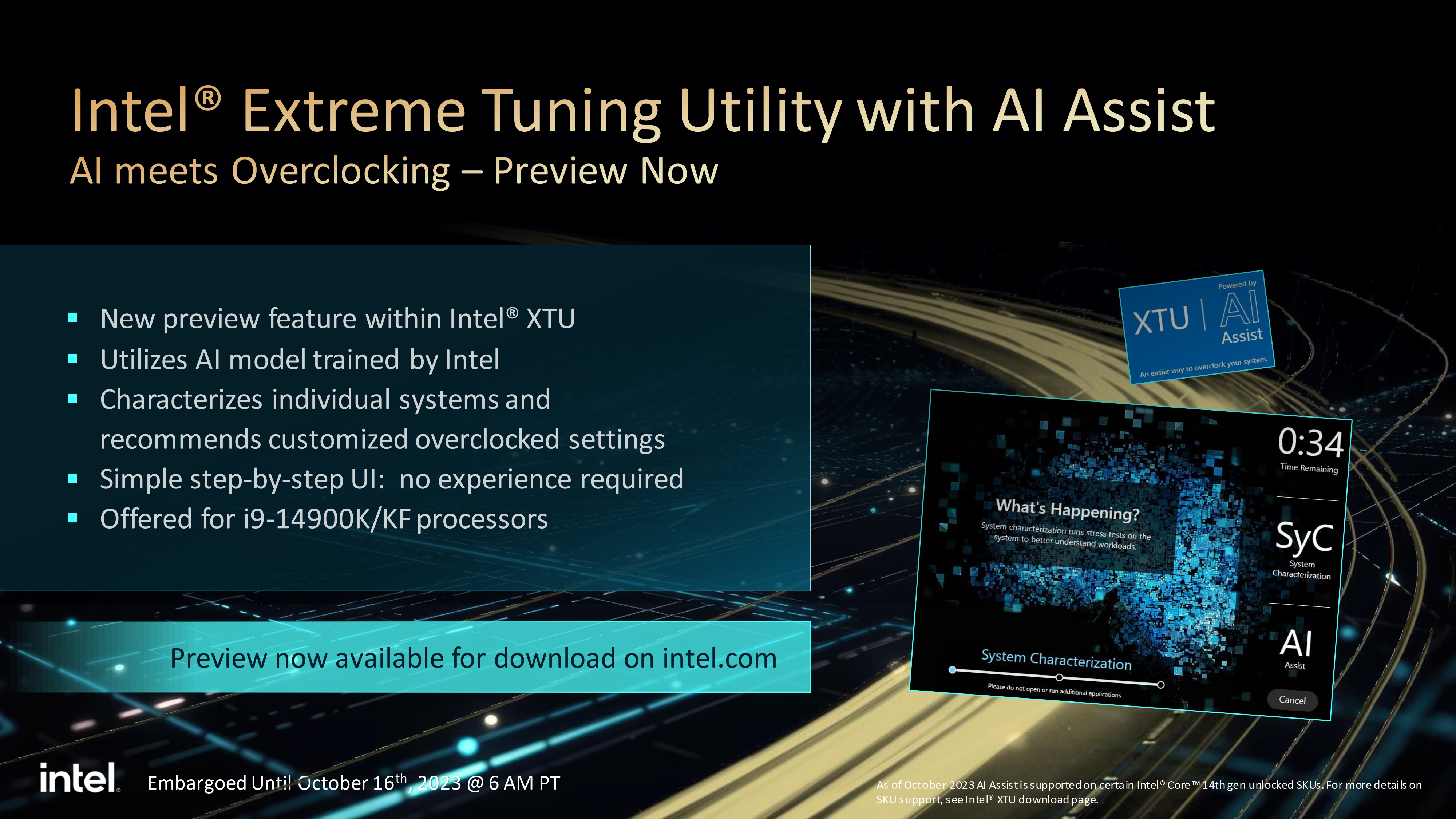
Since the Intel 14th and 13th Gen core series are essentially the same chips but with slightly faster frequencies, Intel has made no changes to the underlying core architecture. Intel does include a new overclocking feature for users looking to overclock their 14th Gen Core i9 processors. Dubbed 'AI Assist,' it enhances things through its Extreme Tuning Utility (XTU) overclocking software. Harnessing AI to provide users with more intelligent options for overclocking settings outside of the traditional look-up tables based on set parameters, Intel's AI Assist goes further. Using various systems with various components such as memory, motherboards, and cooling configurations to train the AI model, Intel claims their in-house AI is constantly being trained to offer users the most comprehensive automatic overclocking settings thus far.
Of course, it should be noted that overclocking does, in fact, void Intel's warranty, so users should use this feature at their own risk.
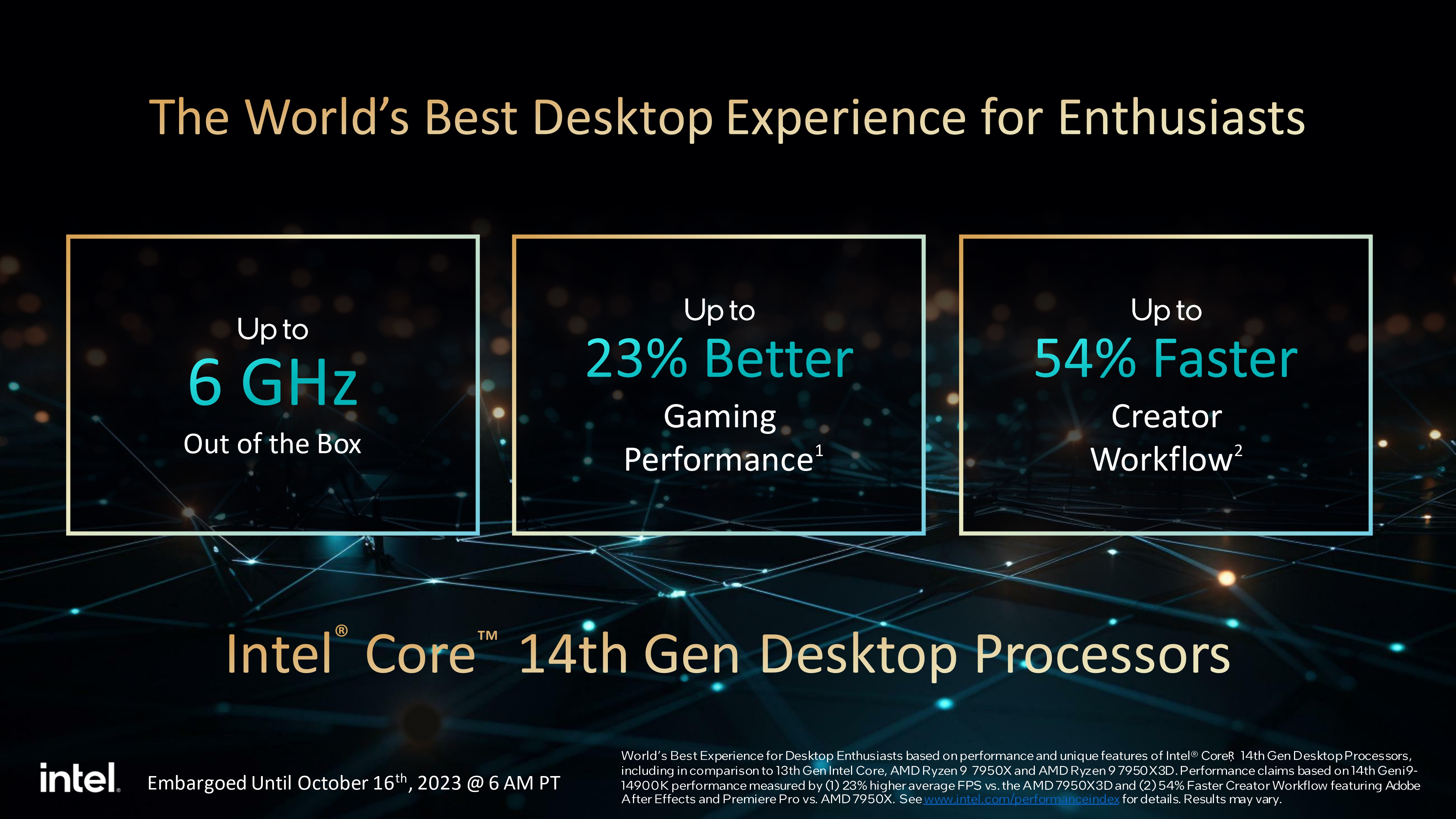
Intel boasts up to 23% better gaming performance with their in-house testing than Intel's 12th Gen Core series (Alder Lake), the first platform to bring the hybrid core architecture to Intel's desktop lineup. It must be noted that Intel hasn't compared performance directly to 13th Gen (Raptor Lake), likely due to the close similarities both families share: same cores, same architecture, just slightly faster frequencies out of the box.
The Intel 14th Gen chips are designed for the preexisting 600 and 700-series motherboards, which use the LGA 1700 socket. Motherboard vendors have already begun refreshing their Z790 offerings with more modern features, such as Wi-Fi 7 and Bluetooth 5.4, providing motherboard manufacturers decide to integrate them into their refreshed Z790 models. Official memory compatibility remains the same as 13th Gen, supporting DDR5-5600 and DDR4-3200 memory. Though overclockers may find the highest binned chips more capable than before, with Intel teasing speeds beyond DDR5-8000 for their best chips.
The Intel 14th Gen Core family of desktop processors (K and KF) is launching on October 17th at retailers and system integrators. Pricing-wise, the flagship Core i9-14900K costs $589, the Core i7-14700K will be available for $409, and the more affordable Core i5-14600K for $319.
from AnandTech https://ift.tt/yS2BNLA
via
IFTTT


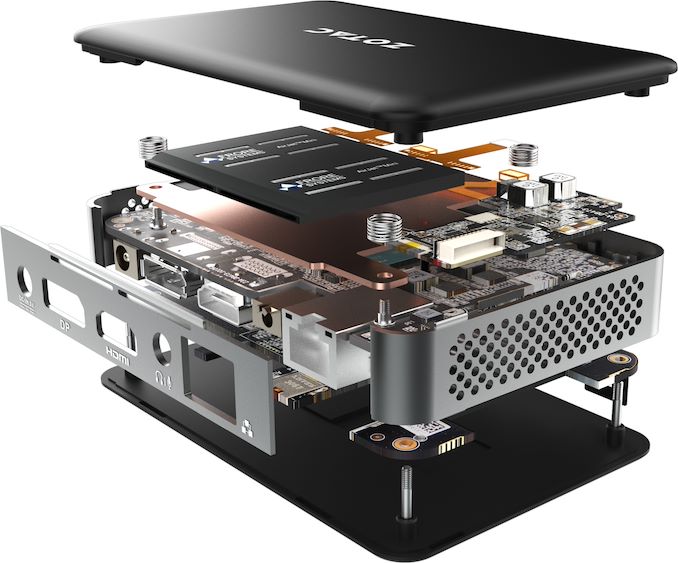
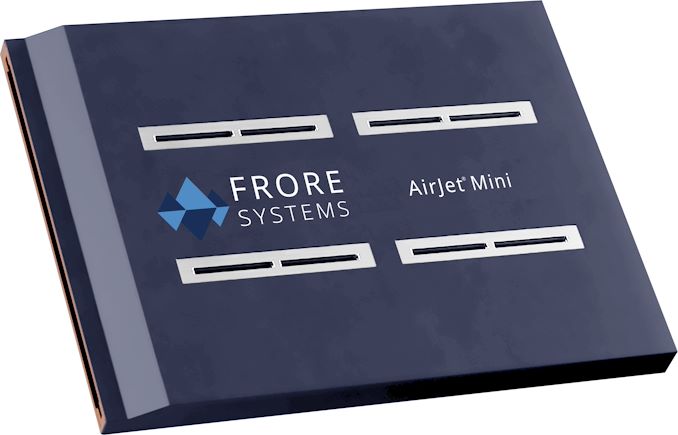
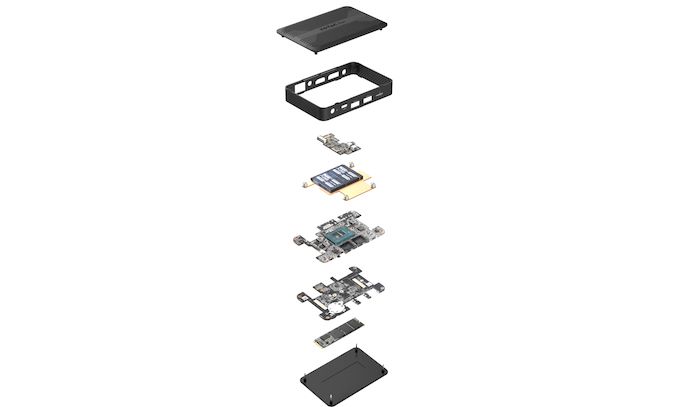



_page-0001_thumb.jpg)
_page-0002_thumb.jpg)
_page-0003_thumb.jpg)
_page-0004_thumb.jpg)
_page-0005_thumb.jpg)
_page-0006_thumb.jpg)
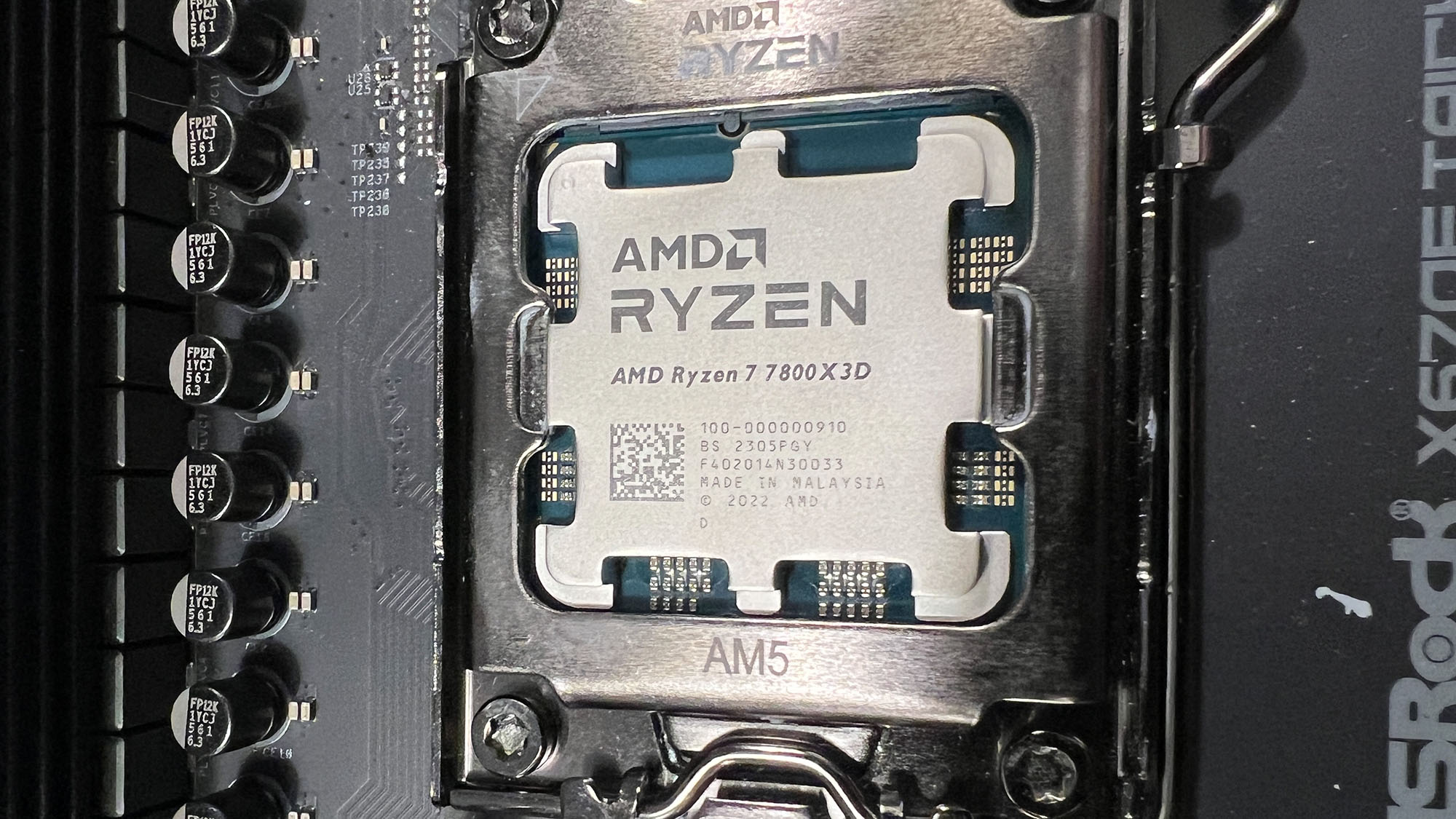
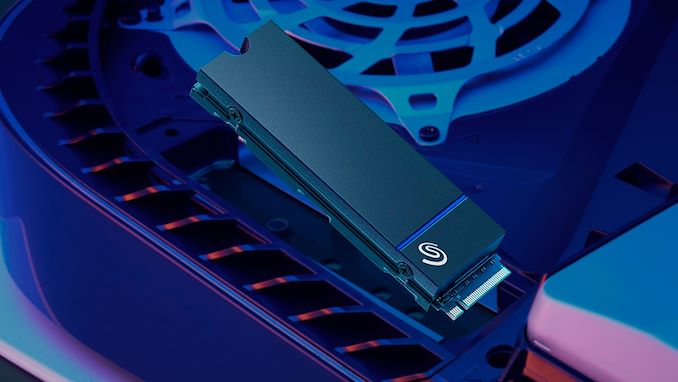
_thumb.jpg)
_thumb.jpg)
_thumb.jpg)
_thumb.jpg)
_thumb.jpg)